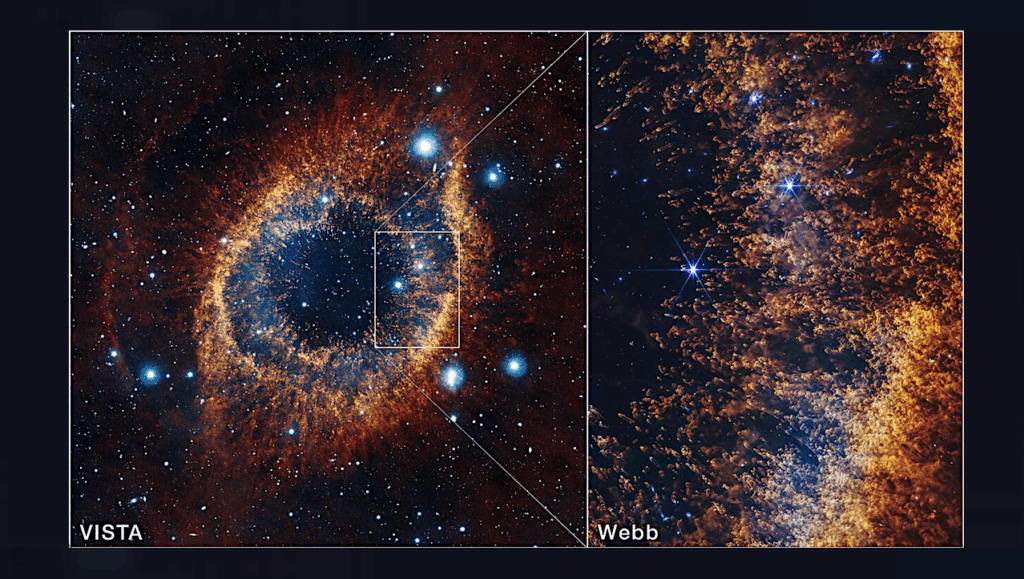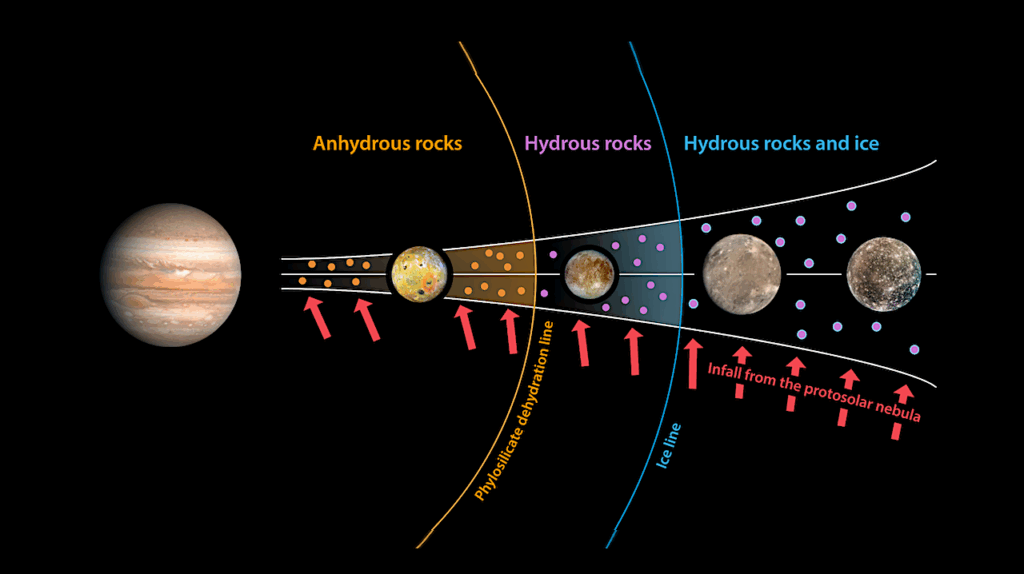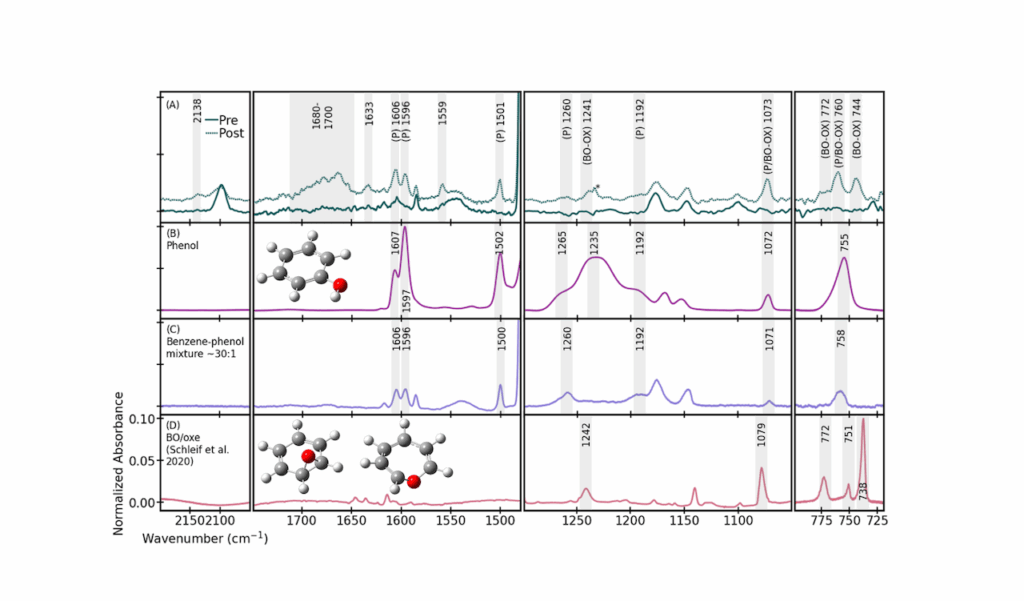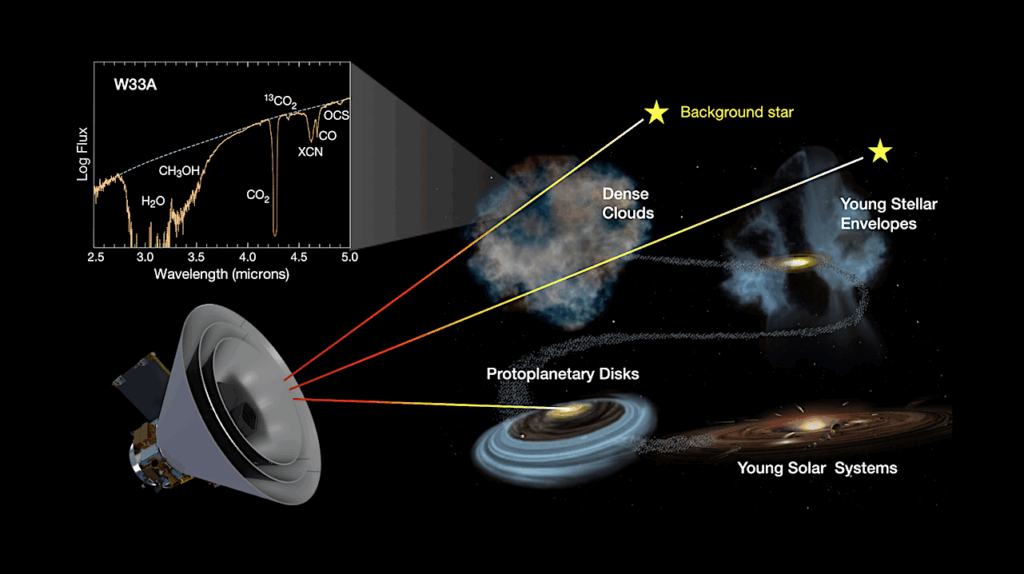Resonant Infrared Irradiation Of CO And CH3OH Interstellar Ices
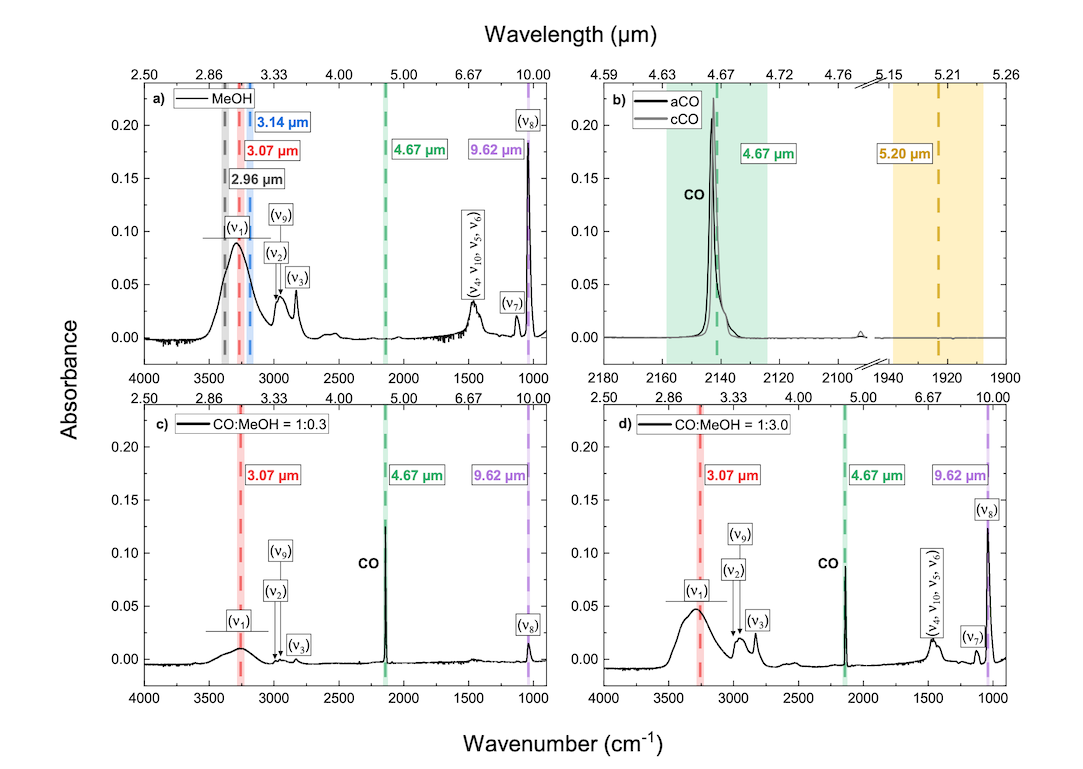
Solid-phase photo-processes involving icy dust grains greatly affect the chemical evolution of the interstellar medium by leading to the formation of complex organic molecules and by inducing photodesorption.
So far, the focus of laboratory studies has been mainly on the impact of energetic ultraviolet (UV) photons on ices, but direct vibrational excitation by infrared (IR) photons is expected to influence the morphology and content of interstellar ices as well.
However, little is still known about the mechanisms through which this excess vibrational energy is dissipated, and its implications on the structure and ice photochemistry. In this work, we present a systematic investigation of the behavior of interstellar relevant CO and CH3OH ice analogues upon resonant excitation of vibrational modes using tunable infrared radiation, leading to both the quantification of infrared-induced photodesorption and insights in the impact of vibrational energy dissipation on ice morphology. We utilize an ultrahigh vacuum setup at cryogenic temperatures to grow pure CO and CH3OH ices, as well as mixtures of the two.
We expose the ices to intense, near-monochromatic mid-infrared free-electron-laser radiation to selectively excite the species. The dissipation of vibrational energy is observed to be highly dependent on the excited mode and the chemical environment of the ice. All amorphous ices undergo some degree of restructuring towards a more organized configuration upon on-resonance irradiation.
Moreover, IR-induced photodesorption is observed to occur for both pure CO and CH3OH ices, with interstellar photodesorption efficiencies of the order of 10 molecules cm-2 s-1 (i.e., comparable to or higher than UV-induced counterparts). Indirect photodesorption of CO upon vibrational excitation of CH3OH in ice mixtures is also observed to occur, particularly in environments rich in methanol.
J. C. Santos, K.-J. Chuang, J. G. M. Schrauwen, A. Traspas Muiña, J. Zhang, H. M. Cuppen, B. Redlich, H. Linnartz, S. Ioppolo
Comments: Accepted for publication in A&A. 19 pages, 14 figures, 2 tables
Subjects: Astrophysics of Galaxies (astro-ph.GA); Solar and Stellar Astrophysics (astro-ph.SR)
Cite as: arXiv:2302.11591 [astro-ph.GA] (or arXiv:2302.11591v1 [astro-ph.GA] for this version)
https://doi.org/10.48550/arXiv.2302.11591
Focus to learn more
Submission history
From: Julia C. Santos
[v1] Wed, 22 Feb 2023 19:00:08 UTC (2,648 KB)
https://arxiv.org/abs/2302.11591
Astrobiology, Astrochemistry


